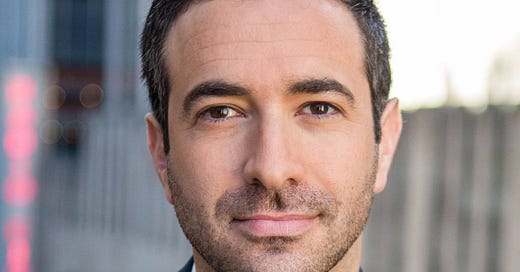Hi!
Welcome back to my newsletter! After tackling law, politics and music in several editions, I want to turn to an important issue within the national rebound to the pandemic. If you have kids, it may be especially relevant… and you can always subscribe here to receive the entire newsletter:
Keep reading with a 7-day free trial
Subscribe to Ari Melber to keep reading this post and get 7 days of free access to the full post archives.



